In the Wake of Scott & Shackleton
In the Wake of Scott & Shackleton
$31500
In the Wake of Scott & Shackleton
28 Days Starting and ending in Queenstown
Visiting: Antarctica
Tour operator:
Ship Name:
Heritage AdventurerGuide Type:
Fully Guided
Ship Capacity:
Tour operated in:
EnglishTrip Styles:
Interests:
Activities:
Tour Overview
The Ross Sea region of Antarctica is one of the most remote places on Planet Earth and one of the most fascinating places in the continent's human history. With shipping restricted by impenetrable pack ice to just two brief months each austral summer, few people have ever visited this strange and beautiful territory, with opportunities for non-scientific personnel limited to a handful of tourist expedition ships. Heritage Expeditions offers such a voyage on its own fully equipped and ice-strengthened ship Heritage Adventurer, crewed by some of the most experienced officers and sailors in the world and staffed by a passionate and knowledgeable expedition team. This is a unique opportunity to experience nature on a scale so grand there are no words to describe it, and featured in slow TV documentary Go Further South.
The Ross Sea takes its name from Sir James Clark Ross who discovered it in 1841. The British Royal Geographical Society chose the Ross Sea for the now famous British National Antarctic Expedition in 1901-04 led by Robert Falcon Scott. That one expedition spawned what is sometimes referred to as the 'Race to the Pole'. Ernest Shackleton almost succeeded in 1907-09 and the Japanese explorer Nobu Shirase tried in 1910-12. Scott thought it was his, but was beaten by his rival, Norwegian Roald Amundsen in the summer of 1911. Shackleton's Trans-Antarctic expedition in 1914-17 marked the end of this 'heroic' or 'golden age' of exploration, but many of the relics of this era, including some huts, remain. The dramatic landscape described by these early explorers is unchanged. Mt Erebus, Mt Discovery and the Transantarctic Mountains are as inspiring today as they were 100 years ago. The penguin rookeries described by the early biologists fluctuate in numbers from year to year, but they still occupy the same sites. The seals, which are no longer hunted for food lie around on ice floes seemingly unperturbed. The whales, which were hunted so ruthlessly here in the 1920s, are slowly coming back, but it is a long way back from the edge of extinction, and some species have done better than others. Snow Petrels, Wilson's Storm-Petrels, Antarctic Prions and South Polar Skuas all breed in this seemingly inhospitable environment.
There is so much to do and so much to see here, from exploring historic huts and sites to visiting penguin rookeries, marvelling at the glacial ice tongues and ice shelves, and understanding the icebergs and sea ice. Then there are all the seabirds, seals and whales to observe and photograph, modern scientific bases and field camps to visit and simply the opportunity to spend time drinking in the marvellous landscape that has always enthralled visitors.
Lying like stepping stones to the Antarctic continent are the little known Subantarctic Islands. Our journey also includes The Snares, Auckland, Macquarie and Campbell Island. They break our long journey, but more importantly, they help prepare us for what lies ahead, for these islands are part of the amazing and dynamic Southern Ocean ecosystem of which Antarctica is at the very heart. It is the powerhouse which drives this ecosystem upon which the world depends. Our January and February 2025 expeditions includes the option to join sea kayaking excursions with an expert guide. Kayaking around the Subantarctic Islands and Ross Sea Anatarctica offers a wide array of habitats to explore beyond the reach of our Zodiacs with the January excursion being our first ever sea kayaking excursion in the Ross Sea.
Highlights
Itinerary
Day 1: Queenstown
Arrive at Queenstown, New Zealand’s world famous alpine resort town. Guests should make their way to the designated hotel where we will spend the first night of the expedition. This evening there will be an informal get-together at the hotel for dinner; an excellent opportunity to meet fellow adventurers on your voyage and some of our expedition team.
Day 2: Port Of Bluff
Today we enjoy breakfast in the hotel restaurant and have the morning free to explore Queenstown before returning to the hotel for lunch and departing for the Port of Bluff to embark your ship. You will have time to settle into your cabin and familarise yourself with the ship; we will also take the opportunity to conduct a number of safety briefings. You are invited to join the expedition team in the Observation Lounge and up on the Observation Deck as we set our course to The Snares and our adventure begins.
Day 3: The Snares - North East Island
The closest Subantarctic Islands to New Zealand, they were appropriately called The Snares as they were once considered a hazard for sailing ships. Comprising of two main islands and a group of five islands called the Western Chain; they are uninhabited and enjoy the highest protection as Nature Reserves. It is claimed by some that these islands are home to more nesting seabirds than all of the British Isles together. We plan to arrive in the morning, and as landings are not permitted, we will Zodiac cruise along the sheltered eastern side of the main island if the weather and sea conditions are suitable. In the sheltered bays, we should see the endemic Snares Crested Penguin, Snares Island Tomtit and Fernbirds. There are hundreds of thousands of Sooty Shearwaters nesting on The Snares; the actual number is much debated. Buller’s Albatross breed here from early January onwards. There will be opportunities to view the forests of large tree daisy Olearia lyallii which forms a canopy over much of the island group.
Day 4: Auckland Islands - Enderby Island
The Auckland Islands group was formed by two volcanoes which erupted some 10-25 million years ago. They have subsequently been eroded and dissected by glaciation creating the archipelago as we know it today. Enderby Island is one of the most beautiful islands in this group and is named after the same distinguished shipping family as one of our own vessels. This northern most island in the archipelago is an outstanding wildlife and birding location and is relatively easy to land on and walk around. The island was cleared of all introduced animals (pests) in 1994 and both birds and the vegetation, especially the herbaceous plants, are recovering both in numbers and diversity. Our plan is to land at Sandy Bay, one of three breeding areas in the Auckland Islands for the Hooker’s or New Zealand Sea Lion, a rare member of the seal family. Beachmaster bulls gather on the beach, defending their harems from younger (ambitious) males, to mate with the cows shortly after they have given birth to a single pup. Hooker’s or New Zealand Sea Lion numbers are in a slow decline, for reasons which are not obvious but most probably connected with a nearby squid fishery. During our day ashore there will be several options, some longer walks, some shorter walks and time to spend just sitting and enjoying the wildlife. The walking is relatively easy. A boardwalk traverses the island to the dramatic western cliffs, from there we follow the coast and circumnavigate the island. Birds that we are likely to encounter include the following species: Southern Royal Albatross, Northern Giant Petrel, Auckland Island Shag, Auckland Island Flightless Teal, Auckland Island Banded Dotterel, Auckland Island Tomtit, Bellbird, Pipit, Red-crowned Parakeet, Yellow-eyed Penguin and Light-mantled Sooty Albatross. There is also a very good chance of seeing the Subantarctic Snipe.
Day 5: At Sea
At sea, learn more about the biology and history of the Subantarctic Islands and the Southern Ocean through a series of lectures and presentations. We will be at sea all day, so it is another opportunity to spot pelagic species including (but not limited to) the Wandering Albatross, Royal Albatross, Shy and White-capped Albatross, Light-mantled Sooty Albatross, Grey-headed Albatross and Black-browed Albatross, Whitechinned Petrel, Mottled Petrel, White-headed Petrel, Cape Petrel, diving-petrel, Grey-backed and Black-bellied Storm-petrels. This is potentially some of the best pelagic ‘birding’ on the expedition.
Day 6 : Days 6 To 7: Maquarie Island
Described by one Australian explorer as “One of the wonder spots of the world” this is the only place in the world where the beautiful Royal Penguin breeds. Three other species of penguins, the King, Gentoo and Rockhopper also breed here. You will never forget your first experience of a noisy ‘penguin city’, where the dapper inhabitants show no fear of their strange visitors and where you will be immersed in a tumult of chattering, feeding chicks; territorial disputes; petty pilfering and courtship displays. This all happens amongst the hundreds of Southern Elephant Seals lolling on the beaches and dunes. On arrival we meet with scientists and Park Rangers based here who will accompany us on all our landings.
Day 8 To 10: At Sea
Soaring albatross and petrels circle the vessel as we steam south through the Southern Ocean. Lectures now concentrate on the Ross Sea region and beyond the bow of the ship; drifting icebergs of extraordinary shapes begin to appear. Manoeuvring in close for your first ice photographs we pass the Antarctic Circle and into the continent’s realm of 24-hour daylight.
Day 8 : Days 11 To 22: Antarctica’S Ross Sea Region
During our time in the Ross Sea region, we will visit the highlights of Antarctica’s most historic region. Due to the unpredictable nature of ice and weather conditions, a day-by-day itinerary is not possible. The Captain and Expedition Leader will assess daily conditions and take advantage of every opportunity to make landings or send you out in the Zodiacs. Our programme emphasises wildlife viewing, key scientific bases and historic sites, as well as the spectacular scenery of the coastal terrain, the glaciers and icebergs of the Ross Sea. Whilst specific landings cannot be guaranteed, we hope to visit the following:
Cape Adare: A large flat spit of land, teeming with the staggering sight of Antarctica’s largest Adelie Penguin rookery: a tumult of chattering, feeding chicks, territorial disputes, petty pilfering and courtship displays. Curious penguins often come very close, offering superb photographic opportunities. Among the shifting mass of penguins we will find Carsten Borchgrevink’s Hut, the oldest in Antarctica, an overwintering shelter for the first expedition to the continent in 1899.
Cape Hallett: The enormous Admiralty Range heralds our arrival; wild and extraordinary, the mountains rear up towering out of the sea to over 4,000-metres high and are bounded by colossal glaciers. We make our landing at an abandoned base site, now home to large numbers of Adelie Penguins and Weddell Seals.
Franklin Island: Desolately beautiful and rugged, this is home to a large Adelie Penguin population and other nesting seabirds. We attempt a landing and explore the coastline.
Possession Islands: Rarely-visited, small and rugged, these rocks support tens of thousands of penguins. Observe the birds’ busy and humorous activity, with the Admiralty Mountains forming a superb backdrop across the water.
Ross Ice Shelf: The world’s largest body of floating ice and a natural barrier, at times creating hazardous weather, with sheets of snow blown at gale force by winds off the polar ice cap. Just 800 miles from the South Pole, this daunting spectacle prevented many early explorers from venturing further south. We cruise along its dizzying 30-metre high ice cliffs, perhaps lucky enough to see icebergs ‘calving’.
Ross Island: Mount Erebus/Cape Bird/Shackleton’s Hut/Scott’s Hut(s) and visits to a scientific field station (Scott and McMurdo Stations are high on our wish list but ice, weather and station operational requirements often make them inaccessible). Ross Island was, and is, the ‘hub of activity’ in the Ross Sea, dominated by Mt Erebus, a monstrous active volcano named after the ancient Greek God of Darkness. The carefully preserved huts of the ‘Heroic Era’ help make the history come alive. If we can reach the bases, we will get a modern perspective on Antarctic Research.
Terra Nova Bay: An Italian research station where the scientists are always hospitable and enjoy showing us around their lonely but beautiful home. They share with us their scientific research and also, perhaps, the best ‘espresso’ in Antarctica! Nearby is the German base, Gondwana Station, which is used occasionally and the South Korean station, Jang Bogo and on Inexpressible Island, China is building its fifth Antarctic base.
Day 9 : Days 23 To 25: At Sea
En route to Campbell Island, take part in a series of lectures designed to prepare you for our visit tomorrow. Pelagic species abound here as they did en route to Macquarie Island earlier in our voyage. Above all, take the time to rest and enjoy shipboard life after the excitement of the Antarctic.
Day 26: Campbell Island - Perseverance Harbour
New Zealand’s southernmost Subantarctic territory, the Campbell Island group lies approximately 660-kilometres south of Bluff. We visit Campbell Island, the main island in the group, and spend the day exploring the island on foot from Perseverance Harbour, a long inlet cutting into the undulating landscape. Campbell Island is a truly magnificent place of rugged scenery, unique flora and abundant wildlife. Perseverance Harbour where we drop anchor is an occasional refuge for Southern Right Whales who come here to calve. Here we will find a now abandoned New Zealand meteorological station as well as Campbell Island Shags, penguins, fur seals and rare Hooker’s Sea Lions. The highlight of our visit is a walk to the hilltop breeding sites of Southern Royal Albatross, over six thousand pairs of which breed on Campbell Island. These magnificent birds, close relations to, and the same size as, the Wandering Albatross, have the largest wingspan in the world and are very approachable, making superb photographic subjects.
Day 27: At Sea
At sea en route to the Port of Bluff, take the opportunity to relax and reflect on an amazing experience. This is a good opportunity to download and edit any remaining photos while they are fresh in your mind and you have the experience of our expedition team on board for questions. We will recap the highlights of our expedition and enjoy a farewell dinner tonight as we sail to our final port.
Day 28: Invercargill/Queenstown
Early this morning we will arrive in the Port of Bluff. After a final breakfast we bid farewell to our fellow voyagers and take a complimentary coach transfer to either Invercargill or Queenstown Airports. In case of unexpected delays due to weather and/or port operations we ask you not to book any onward travel until after midday from Invercargill and after 3pm from Queenstown. Note: During our voyage, circumstances may make it necessary or desirable to deviate from the proposed itinerary. This can include poor weather and opportunities for making unplanned excursions. Your Expedition Leader will keep you fully informed. Landings at the Subantarctic Islands of New Zealand are by permit only as administered by the Government of New Zealand. No landings are permitted at The Snares.
Ship Details
Heritage Adventurer
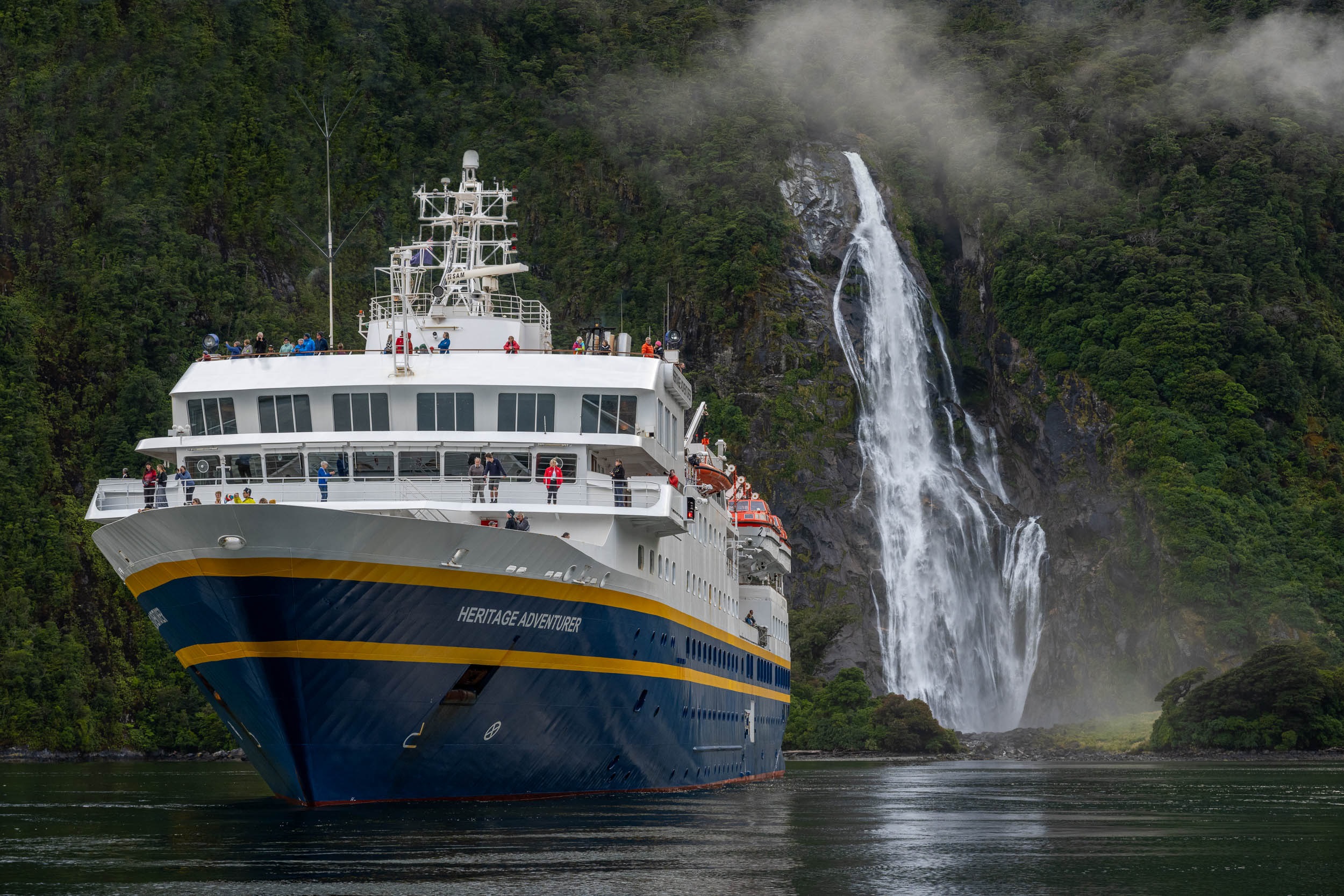
Ship Overview
Heritage Adventurer is a true pioneering expedition vessel of exceptional pedigree. Often referred to as the 'Grande Dame of Expedition Cruising' due to her celebrated history and refined design, she was purpose-built for adventure in 1991 at Finland's Rauma shipyard and specifically designed for Polar exploration.
Setting a peerless standard in authentic expedition travel, Heritage Adventurer (formerly known as MS Hanseatic) combines the highest passenger ship iceclass rating (1A Super) with an impressive history of Polar exploration. Having held records for the most northern and southern Arctic and Antarctic navigations, and for traversing both the Northwest and Northeast Passages, makes Heritage Adventurer perfect for pioneering New Zealand-based Heritage Expeditions signature experiential expedition travel.
Originally designed to accommodate 184 guests, Heritage Adventurer now welcomes just 140 expeditioners ensuring spacious, stylish and comfortable voyages, while a fleet of 14 Zodiacs ensures all guests are able to maximise their expedition adventure. Heritage Adventurer proudly continues our traditions of exceptional, personalised expedition experiences as Heritage Expeditions flagship.
Ship Details
Ship Name:
Heritage Adventurer
Draft:
4.97 metres
Shipyard:
Rauma, Finland
Year Built:
1991
Maximum Speed:
15 knots
Gross Tonnage:
8,378gt
Engines:
3,940 horsepower (x2)
Length:
124 metres
Zodiacs:
14
Beam:
18 metres
Classification:
Lloyds 1AS, GL E4
Cruising Speed:
12 knots
Accommodation:
140 guests
Range:
8,600 nautical miles
Deck Plans
Deck Plan
Deck Plan
Cabins
Deck 5 Superior
Superior Cabins on Deck 5 are a spacious 22m2 and feature large panoramic windows, king or two single beds, comfortable lounge, writing desk, private en-suite with shower, ample storage and a flat screen entertainment system.
Worsley Suite
Located on Deck 6, Worsley Suites are a spacious 22m2 and feature large panoramic windows, king or two single beds, comfortable chaise-style lounge suite, writing desk, private en-suite with shower, ample storage and a flat screen entertainment system. Receive complimentary in-room dining, minibar replenished daily, Heritage Expeditions keep cup, notebook and pen.
Main Deck Triple
Main Deck Triple Cabins on Deck 3 are a spacious 22m2 and feature two porthole windows, two single beds and one Pullman bed which folds down from the wall, comfortable lounge, writing desk, private en-suite with shower, ample storage and a flat screen entertainment system.
Superior Single
Superior Single Cabins on Deck 5 are a spacious 22m2 and feature large panoramic windows, king bed, comfortable lounge, writing desk, private en-suite with shower, ample storage and a flat screen entertainment system.
Superior Triple
Superior Triple Cabins on Deck 5 are a spacious 22m2 and feature large panoramic windows, two single beds and one Pullman bed which folds down from the wall, comfortable lounge, writing desk, private en-suite with shower, ample storage and a flat screen entertainment system.
Deck 4 Superior
Superior Cabins on Deck 4 are a spacious 22m2 and feature large panoramic windows, king or two single beds, comfortable lounge, writing desk, private en-suite with shower, ample storage and a flat screen entertainment system.
Heritage Suite
Located on Deck 6, Heritage Suites are an expansive 44m2 and feature large double panoramic windows, king bed, large living area with a sofa, coffee table and chairs and grand marble bathroom with a double basin, bathtub and shower, large writing desk, floor to ceiling cabinetry for storage and a flat screen entertainment system. Receive complimentary in-room dining, minibar replenished daily, free laundry, US$100.00 per person SPA credit, Heritage Expeditions keep cup, notebook and pen.
Main Deck Single
Main Deck Single Cabins on Deck 3 are a spacious 22m2 and feature two porthole windows, king bed, comfortable lounge, writing desk, private en-suite with shower, ample storage and a flat screen entertainment system.
What's Included
-
Pre/Post cruise transfers
Transfers to and from the cruise are included.
-
One night hotel accommodation in a twin share room (incl. dinner/breakfast)
One night hotel stay in a twin share room with dinner and breakfast included.
-
All on board ship accommodation with meals
Accommodation on the ship with all meals included.
-
House beer
House beer is included.
-
Wine and soft drinks with lunch and dinner and all shore excursions and activities
Wine and soft drinks with lunch and dinner, as well as all shore excursions and activities, are included.
-
Programme of lectures by noted naturalists
Lectures by noted naturalists are included.
-
Landing fees
-
pre/post cruise transfers
-
one night hotel accommodation in a twin share room (incl. dinner/breakfast)
-
all on board ship accommodation with meals
What's Not Included
-
All items of a personal nature
-
Laundry
Laundry services are not included.
-
Drinks
Drinks other than house beer, wine, and soft drinks with lunch and dinner are not included.
-
Gratuities
Gratuities are not included.
-
International/domestic flights
International and domestic flights are not included.
-
Visas and travel insurance
Visas and travel insurance are not included.
-
Kayaking excursion
Kayaking excursions are not included.
-
laundry
-
drinks
-
gratuities
-
kayaking excursion. International/domestic flights
-
visas and travel insurance.
Mode of Transport
The tour includes pre/post cruise transfers, and the main transportation will be on board a ship, with opportunities for Zodiac cruises along the ice edge.
Accommodation
Enjoy one night hotel accommodation in a twin share room with dinner and breakfast included, followed by all on board ship accommodation with meals, house beer, wine, and soft drinks with lunch and dinner.
Check out our Q&As
-
What kind of wildlife can I expect to see on this expedition?
You can expect to see a variety of wildlife including several species of penguins such as the Snares Crested Penguin, Royal Penguin, King Penguin, Gentoo Penguin, Rockhopper Penguin, and Adelie Penguin. Other wildlife includes Hooker's or New Zealand Sea Lions, Southern Elephant Seals, Weddell Seals, and a variety of seabirds like the Southern Royal Albatross, Northern Giant Petrel, and Light-mantled Sooty Albatross.
-
What activities are included during the expedition?
Activities during the expedition include Zodiac cruises, wildlife viewing, exploring historic huts, visiting scientific bases, and walking on the ice. There will also be opportunities for longer and shorter walks on various islands, and a programme of lectures by noted naturalists.
-
Are there any special requirements for landings at the Subantarctic Islands?
Yes, landings at the Subantarctic Islands of New Zealand are by permit only as administered by the Government of New Zealand. No landings are permitted at The Snares.
-
What kind of accommodation is provided during the expedition?
The expedition includes one night hotel accommodation in a twin share room with dinner and breakfast, and all on-board ship accommodation with meals.
-
What should I do if I have dietary restrictions?
The tour information does not specify dietary accommodations, so it is recommended to contact the tour operator directly to discuss any dietary restrictions or special requirements you may have.
-
What is the best time to book onward travel after the expedition?
It is recommended not to book any onward travel until after midday from Invercargill and after 3pm from Queenstown to account for any unexpected delays due to weather and/or port operations.
-
Will there be opportunities to learn about the regions we visit?
Yes, there will be a series of lectures and presentations about the biology and history of the Subantarctic Islands, the Southern Ocean, and the Ross Sea region. These will be conducted by the expedition team and noted naturalists.
-
What kind of weather conditions should I expect during the expedition?
Weather conditions can be unpredictable, especially in the Ross Sea region. The itinerary may change based on daily ice and weather conditions to ensure safety and maximize the experience.
-
What fitness level is required?
Guests are required to have a reasonable level of fitness in order to participate in landings. While not strenuous, travellers who participate on excursions must be able to climb a ship-side gangway, get in and out of Zodiacs and be able to stand unaided. Each landing and excursion caters to all fitness levels ranging from easy to challenging, ultimately each guest is able to decide how active or relaxing their voyage is.
-
Is any clothing included?
Thermally-insulated Muck Boots are provided for use on all our Southern Ocean voyages while guests travelling to the Ross Sea are supplied with an Antarctic grade jacket during their time in Antarctica.
-
What policies are in place for Covid-19?
Please contact us for our latest Covid-19 policies
-
Is there a doctor on board?
Yes, on Heritage Adventurer there is an on board doctor with a small infirmary and on many voyages a First Responder will travel with guests on excursions. Heritage Explorer does not have a doctor on board, however our crew are trained in first aid.
-
Are drinks included?
Yes, house wine, beer and soft drinks are included with lunch and dinner on all Heritage Expeditions voyages. Complimentary drinks can also be enjoyed during special events on board while bar purchases can also be charged to your stateroom.
-
What Ethical Travel credentials does the tour company have?
Travelling with Heritage Expeditions is to travel responsibly. As biologists and ornithologists, we are intimately aware of the many issues that confront animals and their habitats, the world's oceans and isolated ethnic groups. We also take action: we actively contribute to the conservation of the places we visit in several ways; we 'buy local' and employ locally; we make sure that travellers are respectful of local customs and traditions; and we dispose of waste responsibly.
-
Is there a gym on board?
Yes, Heritage Adventurer has a gym, pool, sauna, Jacuzzi and Spa on Deck 7. While there is no gym on Heritage Explorer, guests have plenty of opportunity to stretch their legs on shore or take the kayaks out, weather permitting.
-
What is the onboard currency?
Heritage Adventurer operates in US$ while Heritage Explorer is NZ$.
-
Does a single supplement apply?
Heritage Adventurer has 20 dedicated single cabins (12 x Main Deck Single Staterooms on Deck 3 and 8 x Superior Single Staterooms on Deck 5). Heritage Adventurer also has the option of guests sharing in our Main Deck Triple (Deck 3) and Superior Triple (Deck 5) Staterooms. There may also be the option to share a Deck 4 or Deck 5 Superior Stateroom with another solo-travelling guest of the same gender. Heritage Explorer has 2 dedicated single cabins, Wandering, and if these are booked there may be availability to book a Salvin’s Twin/Double or Buller’s as a single at 1.8 times the published per person rate.
-
How long has the tour company been trading?
Heritage Expeditions was formed in 1985.
-
Is there Wi-Fi on board?
Yes, there is Wi-Fi available on both ships. Heritage Adventurer has a connection via satellite and vouchers can be purchased from reception. Wi-Fi is included on Heritage Explorer.
-
Are all excursions included?
Yes, all standard excursions are included in the voyage cost. All you will need to pay for on board is anything of a personal nature, laundry, drinks and gratuities.
Reviews of this operator
1 Select your preferred date
Book with Confidence
-
Low Deposit
Heritage Expeditions requires a minimum deposit of 25% or the full booking value, whichever is less, with the final balance not due until 90 days before departure.
-
Cancellation Policy
We don't charge a cancellation fee, here is a summary of heritage expeditions charges.
Up to 91 days before tour starts: Forfeit 100% of deposit.
At 90 days before tour starts: Forfeit 100% of booking price.
.jpg)
.jpg)
.jpg)
_ebell_antarctica7_(custom).jpg)
_tbickford_antarctica__(15).jpg)
_kovsyanikova__(11).jpg)
_kovsyanikova_antarctica_28_(custom).jpg)
.jpg)
_kovsyanikova_antarctica_34_(custom).jpg)
.jpg)
_kovsyanikova_antarctica_30_(custom).jpg)
.jpg)
.jpg)
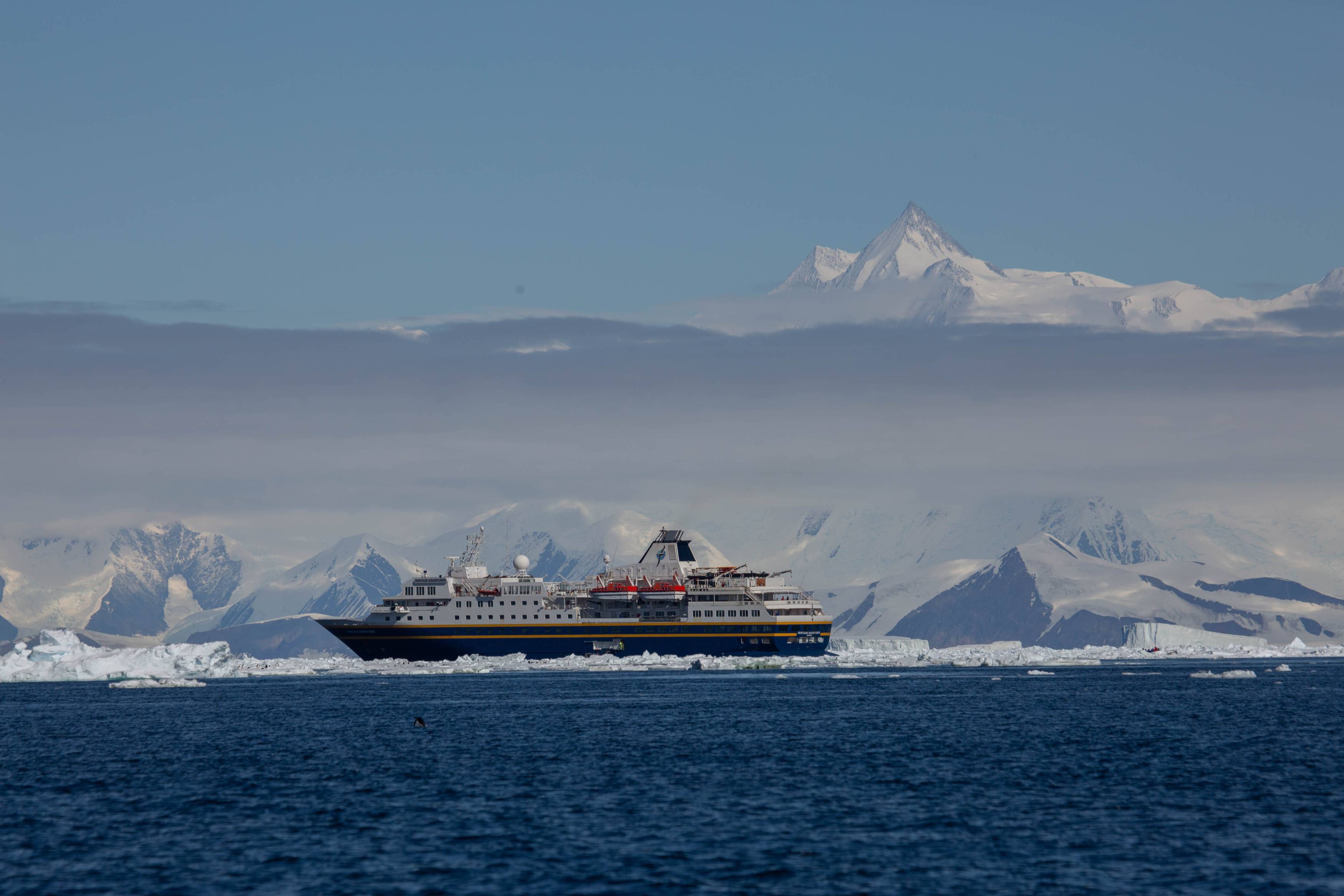
.jpg)
_kovsyanikova__(5).jpg)
.jpg)
_tbickford_antarctica.jpg)
.jpg)
_kovsyanikova_antarctica_26_(custom).jpg)
_kovsyanikova_antarctica_16_(custom).jpg)
_kovsyanikova_antarctica_36_(custom).jpg)
.jpg)
_kovsyanikova_antarctica_22_(custom).jpg)
.jpg)
_heritage_expeditions_antarctica_3_(custom).jpg)
.jpg)
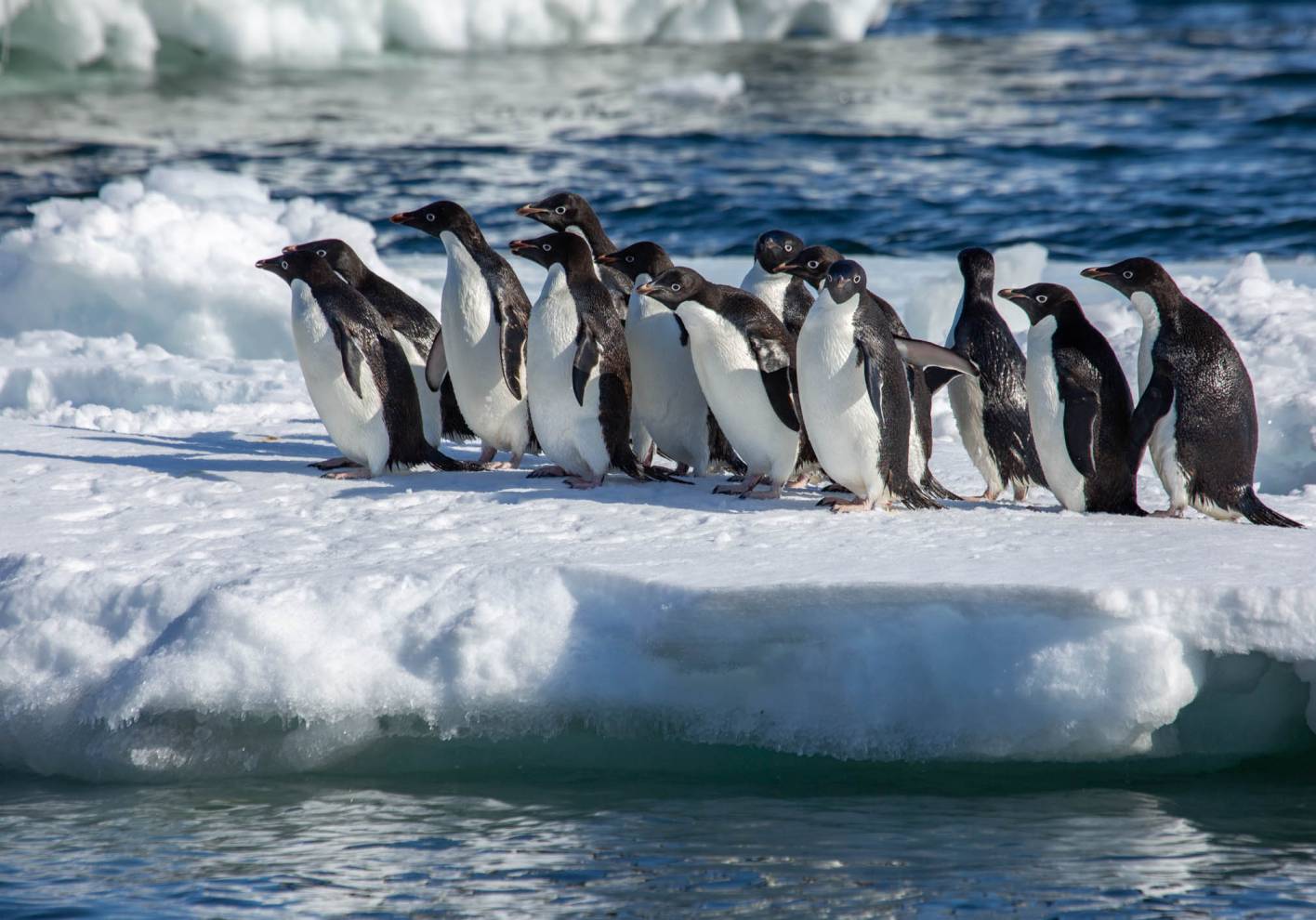
_kovsyanikova_antarctica_25_(custom).jpg)
_(custom).jpg)
_kovsyanikova__(10).jpg)
_tbickford_antarctica__(13).jpg)
.jpg)
_kovsyanikova__(6).jpg)
_kovsyanikova__(9).jpg)
_heritage_expeditions_antarctica_5_(custom).jpg)
.jpg)
_tbickford_antarctica__(8).jpg)
.jpg)
_tbickford_antarctica__(16).jpg)
_(custom).jpg)
_ebell_antarctica3_(custom).jpg)
.jpg)
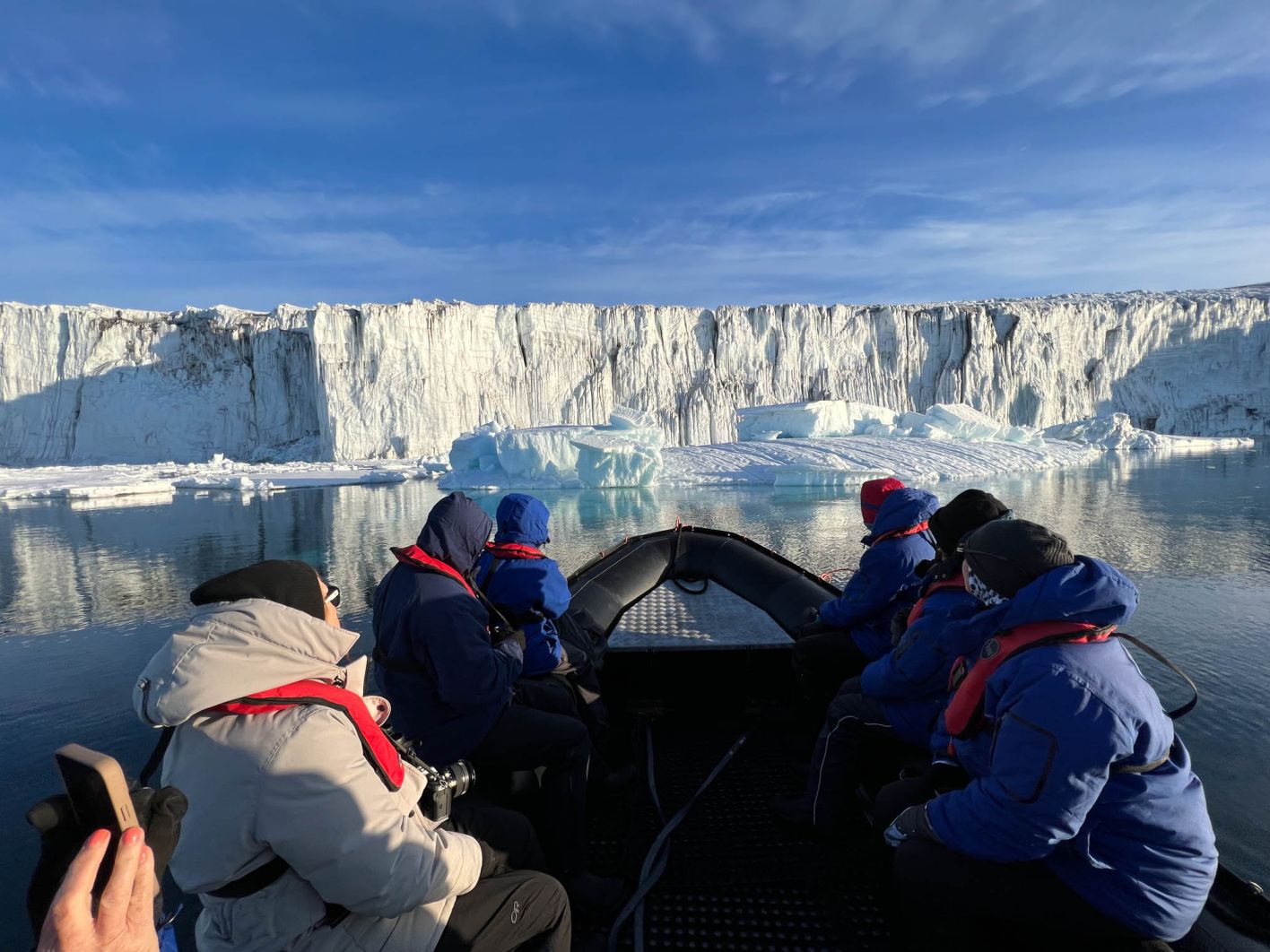
_(custom).jpg)
.jpg)
.jpg)
_kovsyanikova_antarctica_32_(custom).jpg)
_ebell_antarctica6_(custom).jpg)
.jpg)
_kovsyanikova_antarctica_19_(custom).jpg)
.jpg)
_ebell_antarctica1_(custom).jpg)
.jpg)
_kovsyanikova_antarctica_10_(custom).jpg)
.jpg)
_kovsyanikova__(14).jpg)
.jpg)
_heritage_expeditions_antarctica_7_(custom).jpg)
_heritage_expeditions_auckland_islands_1_(custom).jpg)
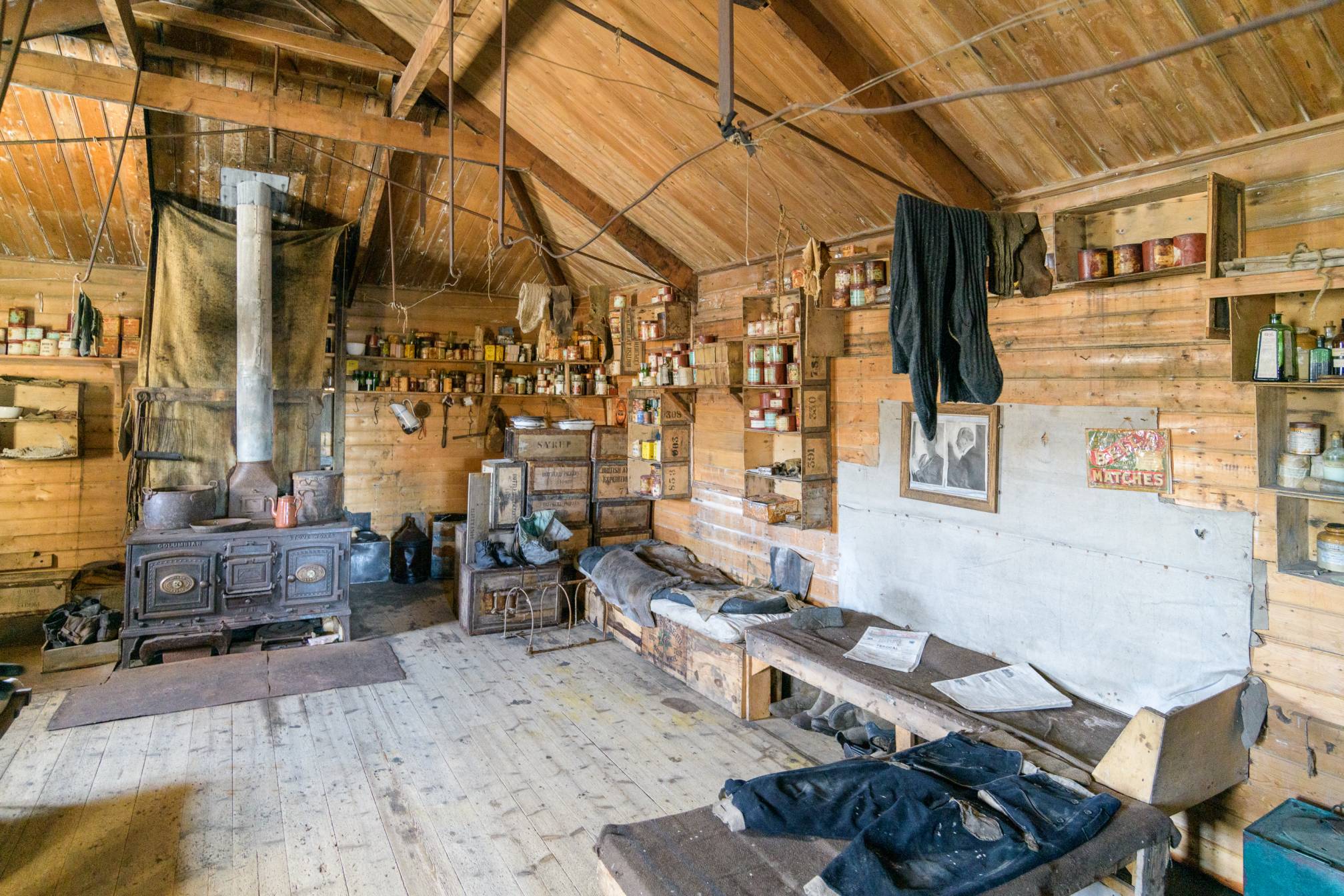
.jpg)
.jpg)
_(custom).jpg)
_kovsyanikova__(12).jpg)
_tbickford_antarctica__(6).jpg)
.jpg)
_kovsyanikova_antarctica_14_(custom).jpg)
.jpg)
_(custom).jpg)
_tbickford_antarctica__(1).jpg)
_kovsyanikova_antarctica_11_(custom).jpg)

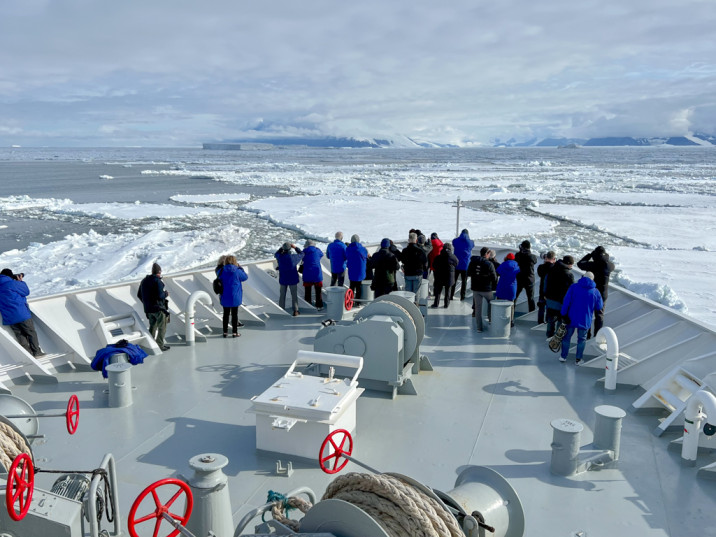
.jpg)

.jpg)
_(custom).jpg)
.jpg)
_heritage_expeditions_antarctica_8_(custom).jpg)
_ebell_antarctica2_(custom).jpg)
_tbickford_antarctica__(10).jpg)
_(custom).jpg)
.jpg)
_kovsyanikova_antarctica_18_(custom).jpg)
_tbickford_antarctica__(12).jpg)
_heritage_expeditions_antarctica_1_(custom).jpg)
.jpg)
_tbickford_antarctica__(3).jpg)
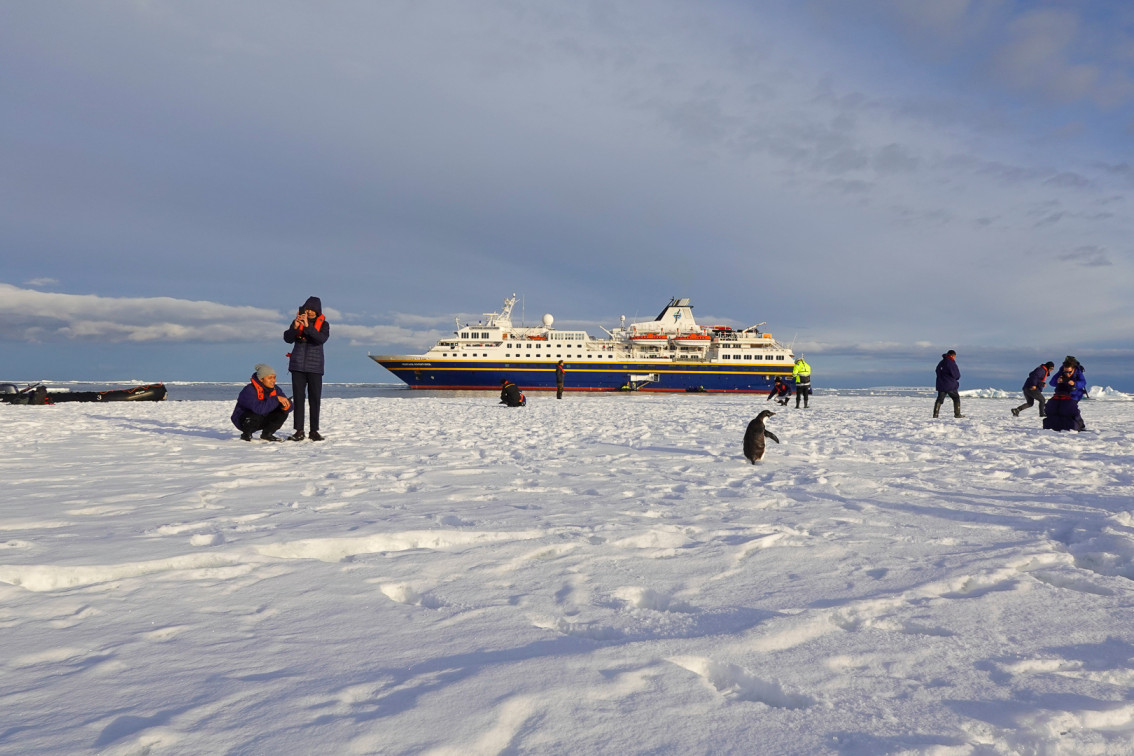
.jpg)
.jpg)
_kovsyanikova_antarctica_15_(custom).jpg)
_tbickford_antarctica__(4).jpg)
.jpg)
.jpg)
.jpg)
.jpg)
_heritage_expeditions_antarctica_2_(custom).jpg)
.jpg)
.jpg)
_(custom).jpg)

_(custom).jpg)
_heritage_expeditions_antarctica_6_(custom).jpg)
_ebell_antarctica5_(custom).jpg)
_kovsyanikova_antarctica_20_(custom).jpg)
.jpg)
_(custom).jpg)
_(custom).jpg)
_ebell_antarctica4_(custom).jpg)
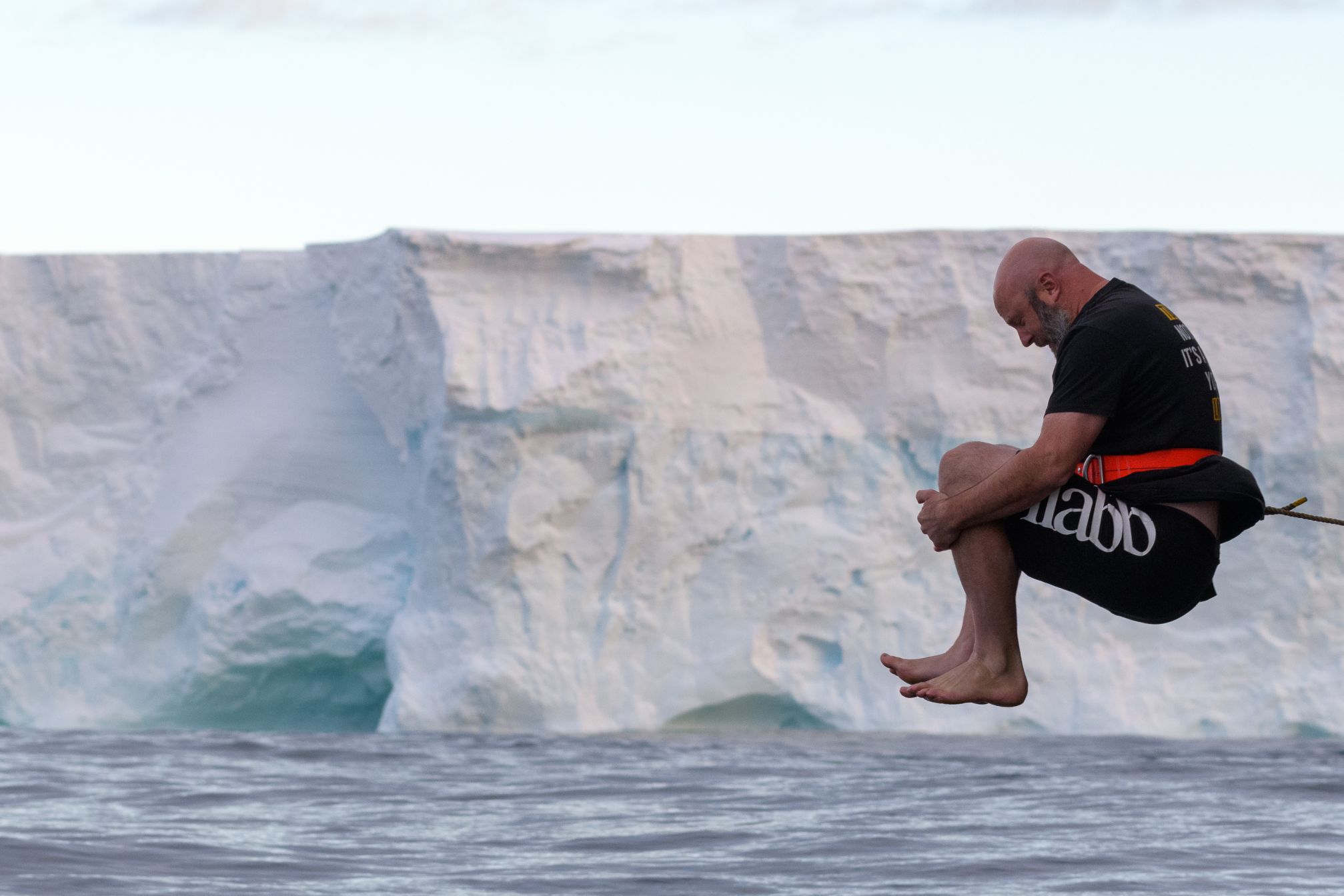
_(custom).jpg)
.jpg)
.jpg)
.jpg)
_(custom).jpg)
_(custom).jpg)
_kovsyanikova__(13).jpg)
_heritage_expeditions_auckland_islands_(custom).jpg)
_kovsyanikova_antarctica_33_(custom).jpg)
.jpg)
_kovsyanikova_antarctica_17_(custom).jpg)
.jpg)
_kovsyanikova__(8).jpg)
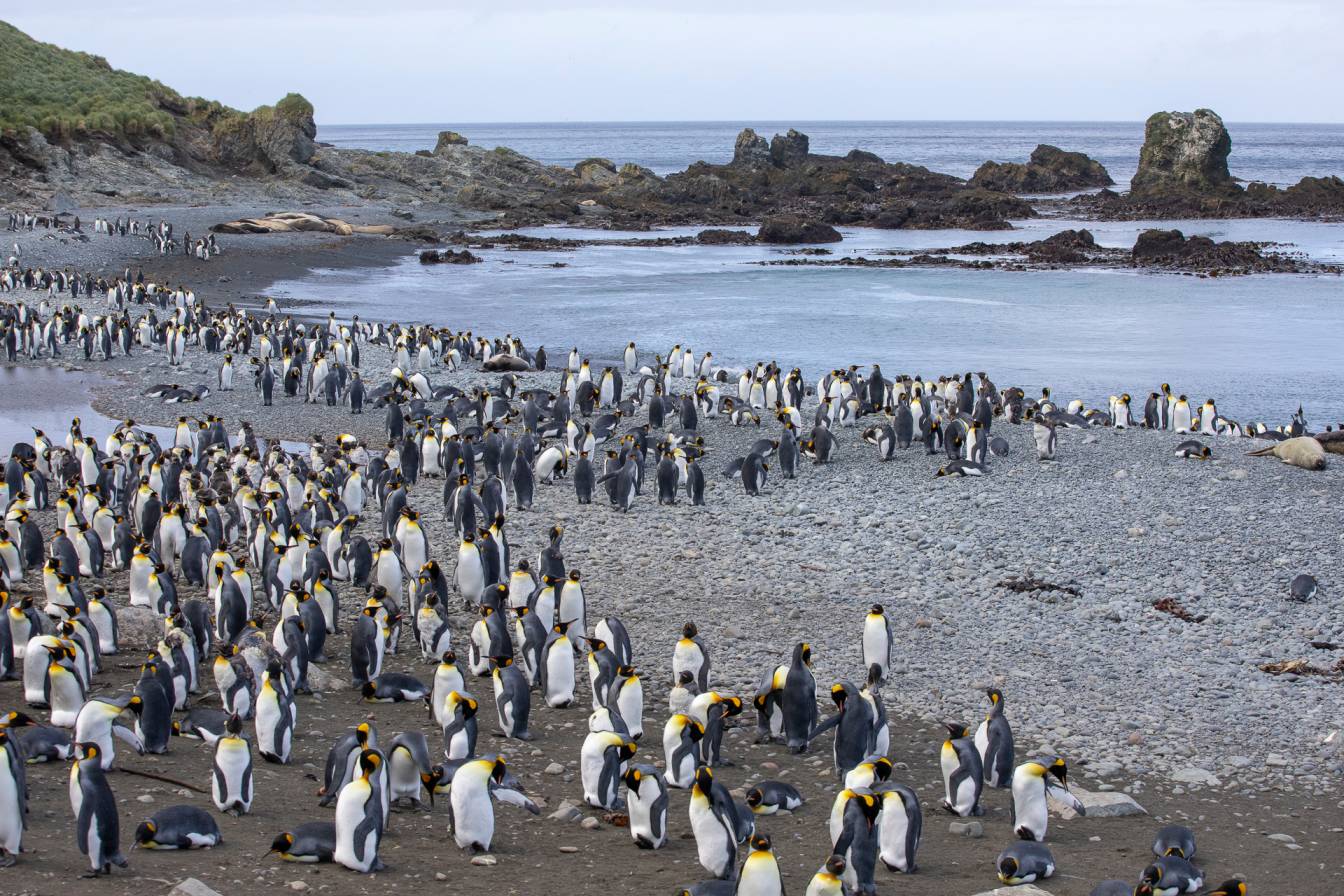
.jpg)
_tbickford_antarctica__(14).jpg)
.jpg)
_kovsyanikova_antarctica_24_(custom).jpg)
_kovsyanikova__(2).jpg)
.jpg)
_kovsyanikova_antarctica_35_(custom).jpg)

